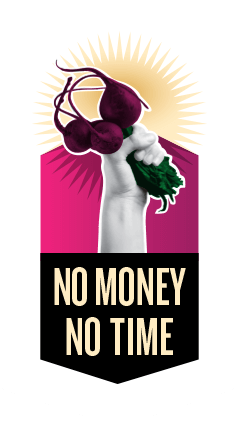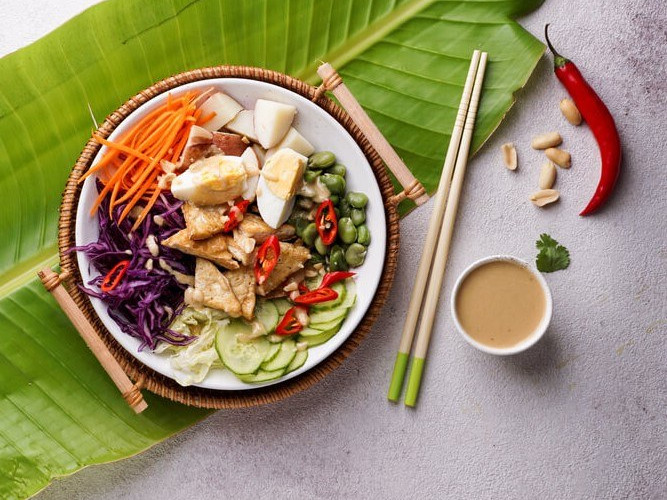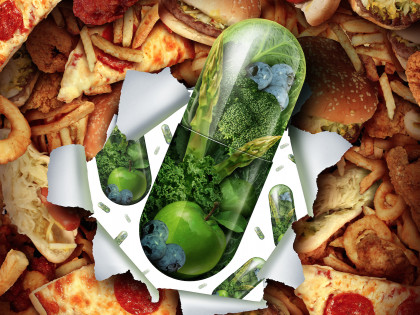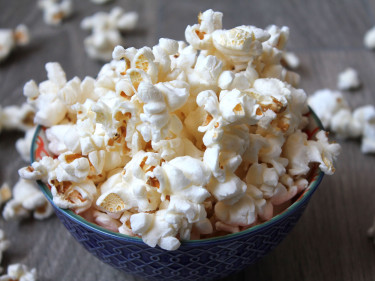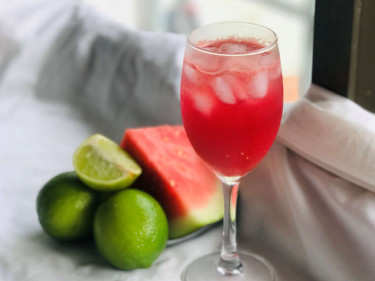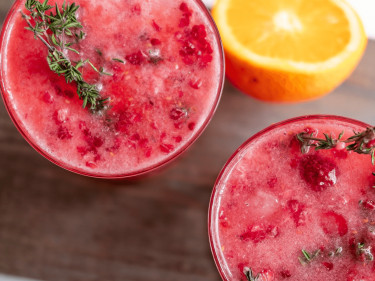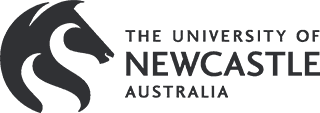4 boiled eggs, peeled and cut in half
100g firm tofu
4 cups of fresh or frozen, cooked or raw vegetables (e.g., shredded carrots, chopped cabbage, broccoli, snow peas, bean sprouts)
1 packet (400g) Hokkien or other noodles
Peanut Sauce
1 ½ tablespoons low sodium peanut butter (crunchy)
1 teaspoon curry paste (mild)
1 teaspoon sweet chili sauce (dial up or down to your own spice-preference)
1 teaspoon fish sauce
1 teaspoon soy sauce (salt reduced)
1 teaspoon lemongrass paste (or fresh)
100mL evaporated milk

